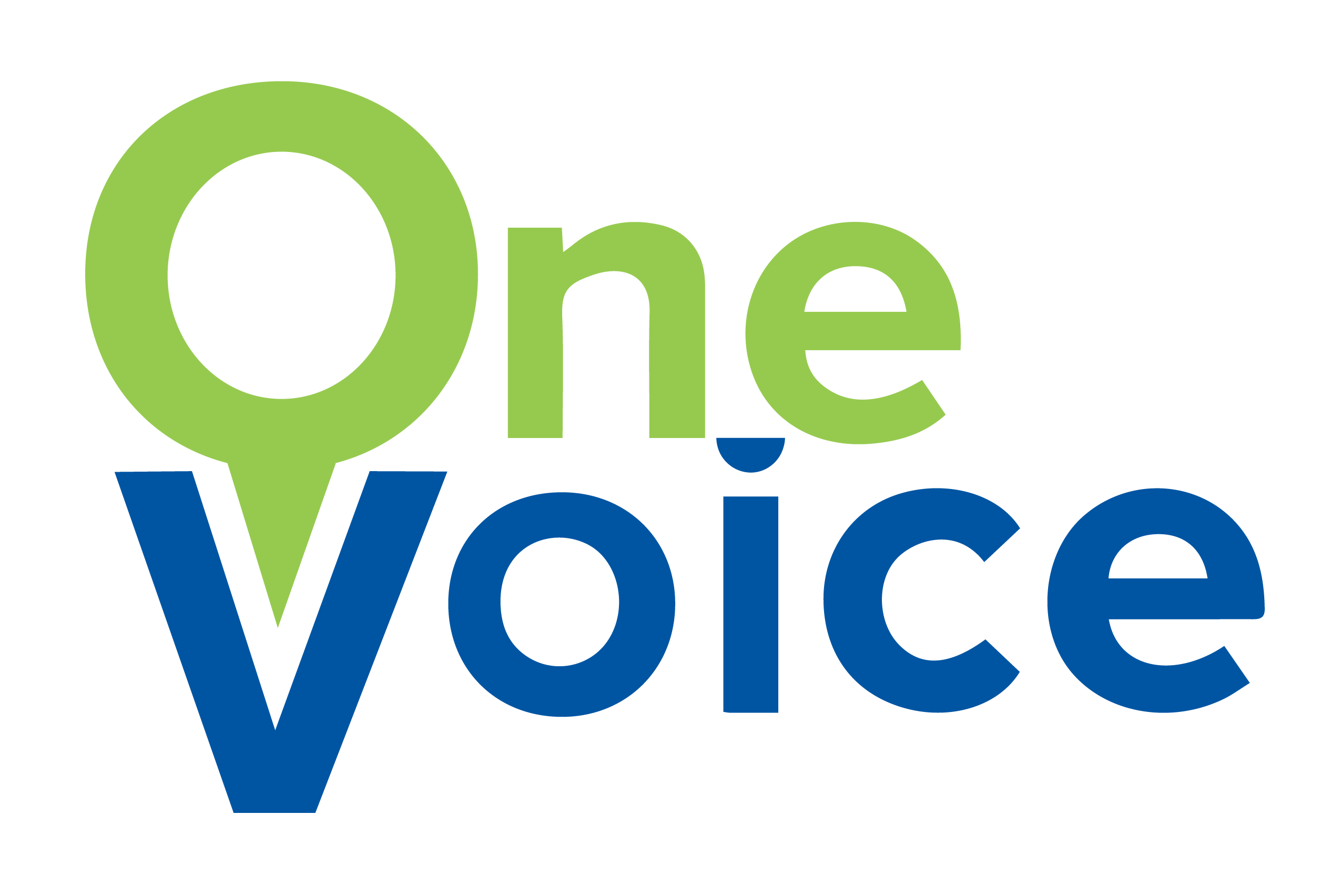Mississippians faced hardship in 2022 because of failure by Congress to protect proven anti-poverty policies enacted during pandemic
Nationally, the overall poverty rate and child poverty rate rose by the largest amount on record in more than 50 years, according to new US Census data released this week. The data also reveal that too many Mississippians — 19.4 percent— live in poverty.
The increase in hardship was a result of the expiration of pandemic relief efforts that boosted household incomes and economic security, such as the expanded Child Tax Credit.
“Lawmakers in Congress allowed many proven effective anti-poverty policies to lapse, and greater hardship is the result,” said Kyra Roby, Senior Policy Analyst at One Voice. “We have the tools to ensure more Mississippians have a strong foundation upon which to prosper and thrive. If we just use them, we can reverse the backslide we saw in 2022.”
These findings come from analysis by One Voice of new data on poverty, income, and health coverage in 2022, released this week by the U.S. Census Bureau.
The expanded federal Child Tax Credit was responsible for a major portion of the record reduction in child poverty in 2021, lifting 2.1 million kids out of poverty. Congress’s decision to let it expire at the end of 2021 is a major contributor to increase in national poverty levels in 2022. Had Congress continued the American Rescue Plan’s Child Tax Credit increase in 2022, about 3 million fewer children would have experienced poverty in 2022— preventing more than half of this year’s increase.
“The good news is that policies like the expanded Child Tax Credit, nutrition support, and premium tax credits for health insurance were incredibly effective in keeping families out of poverty,” said Kyra. “The bad news is that because policymakers didn’t stand by those investments, more families and children will go without the essentials like stable housing, enough food to eat, and health care to keep them healthy.”
The poverty rate in Mississippi was 19.4 percent and the child poverty rate was 27.6 percent in 2022, according to the Census Bureau’s Official Poverty Measure, but that’s only a partial picture of hardship in the state. It doesn’t account for important factors like the cost of living, essential expenses, regional differences or — most critically — the seismic changes in tax and social safety net policies in 2022, when proven pandemic relief programs were allowed to lapse.
For that reason, researchers suggest using the Supplemental Poverty Measure, which paints a more comprehensive picture. The less complete OPM shows poverty remaining flat nationally, while the SPM reveals poverty’s sharpest increase in more than 50 years.
The Supplemental Poverty Measure is not available on an annual basis at the state level, but because nearly all children benefitted from the expanded Child Tax Credit and federal stimulus payments in 2021 and lost them in 2022, analysts expect the same dynamic to have played out in Mississippi.
The Child Tax Credit is not the only critical pandemic relief effort for which expiration is increasing hardship for Mississippians. The data released Thursday shows that in 2022, the number of uninsured Mississippians fell to a historic level as a result of pandemic policies such as Medicaid coverage protection and enhanced premium tax credits for marketplace insurance plans. But those figures do not reflect coverage loss underway this year after Congress allowed Medicaid coverage protection to expire in April. So far, 52,000 Mississippians have lost their health care coverage – many as a result of administrative burden, not a change in eligibility.

Our mission is to ensure an equal voice for traditionally silenced communities. When One Voice’s work is done, we envision a Mississippi with a healthy vibrant thriving neighborhoods, schools, economy, and most importantly families.
123 Main Street
New York, NY 10001
One Vision. One Village. One Voice